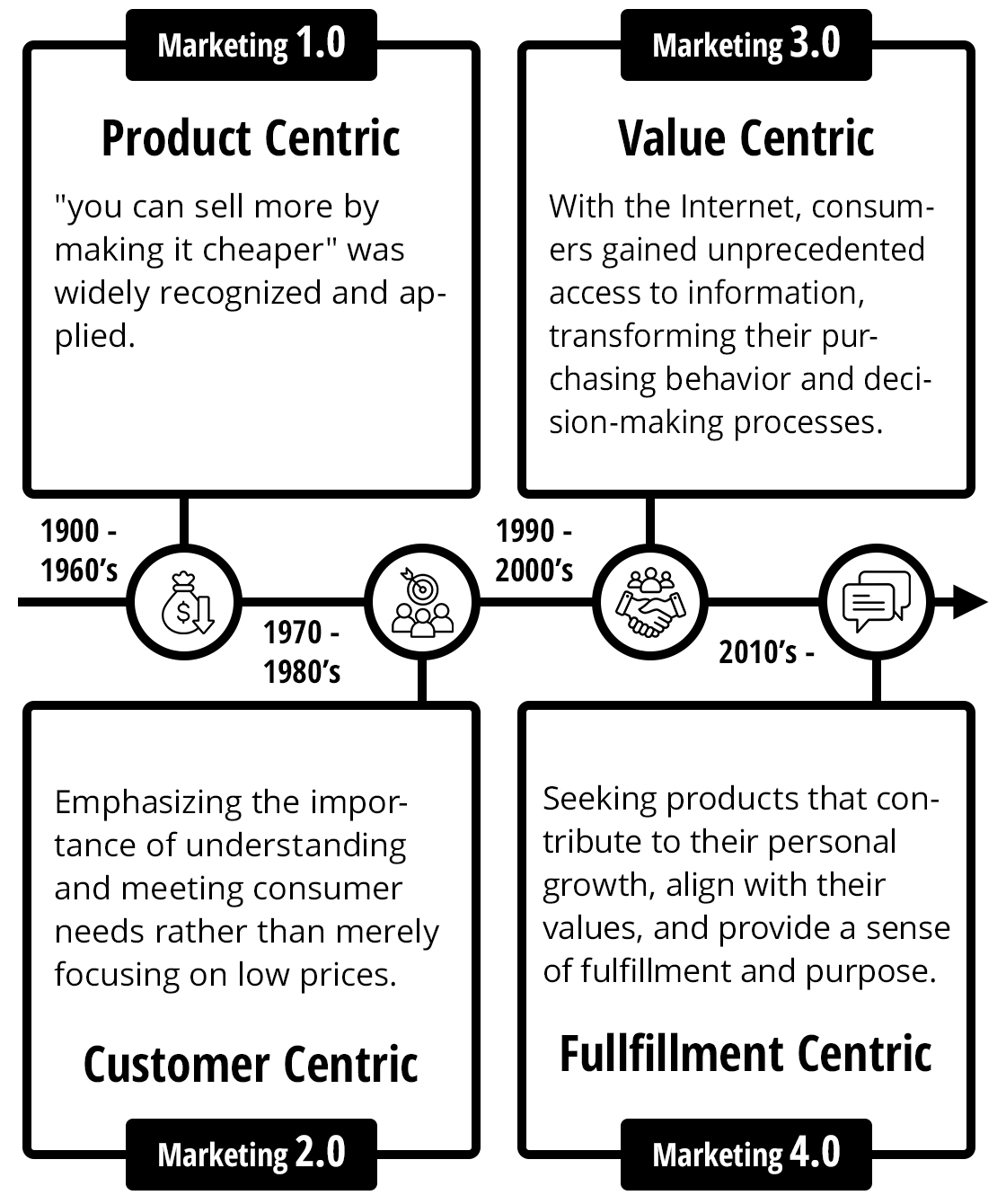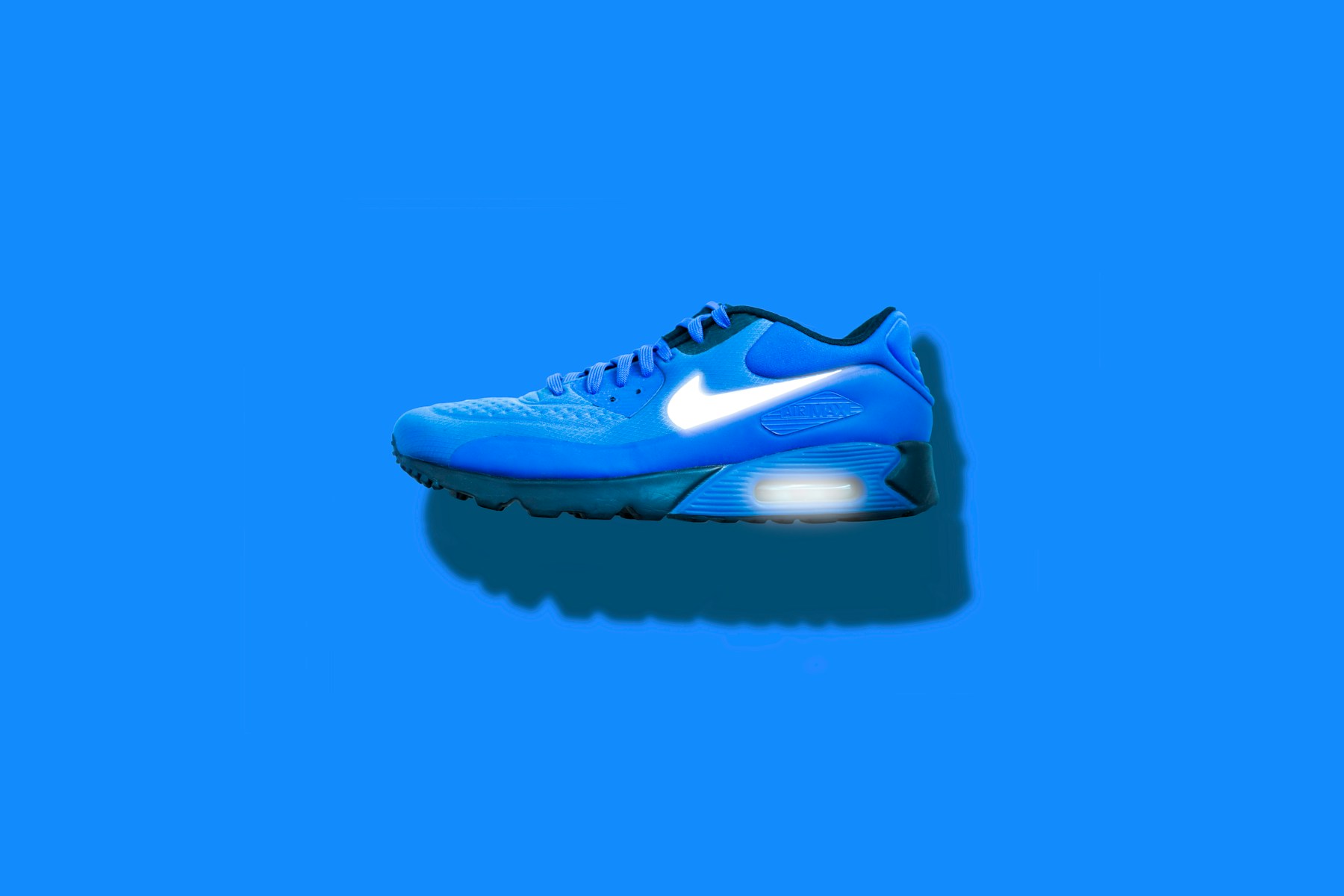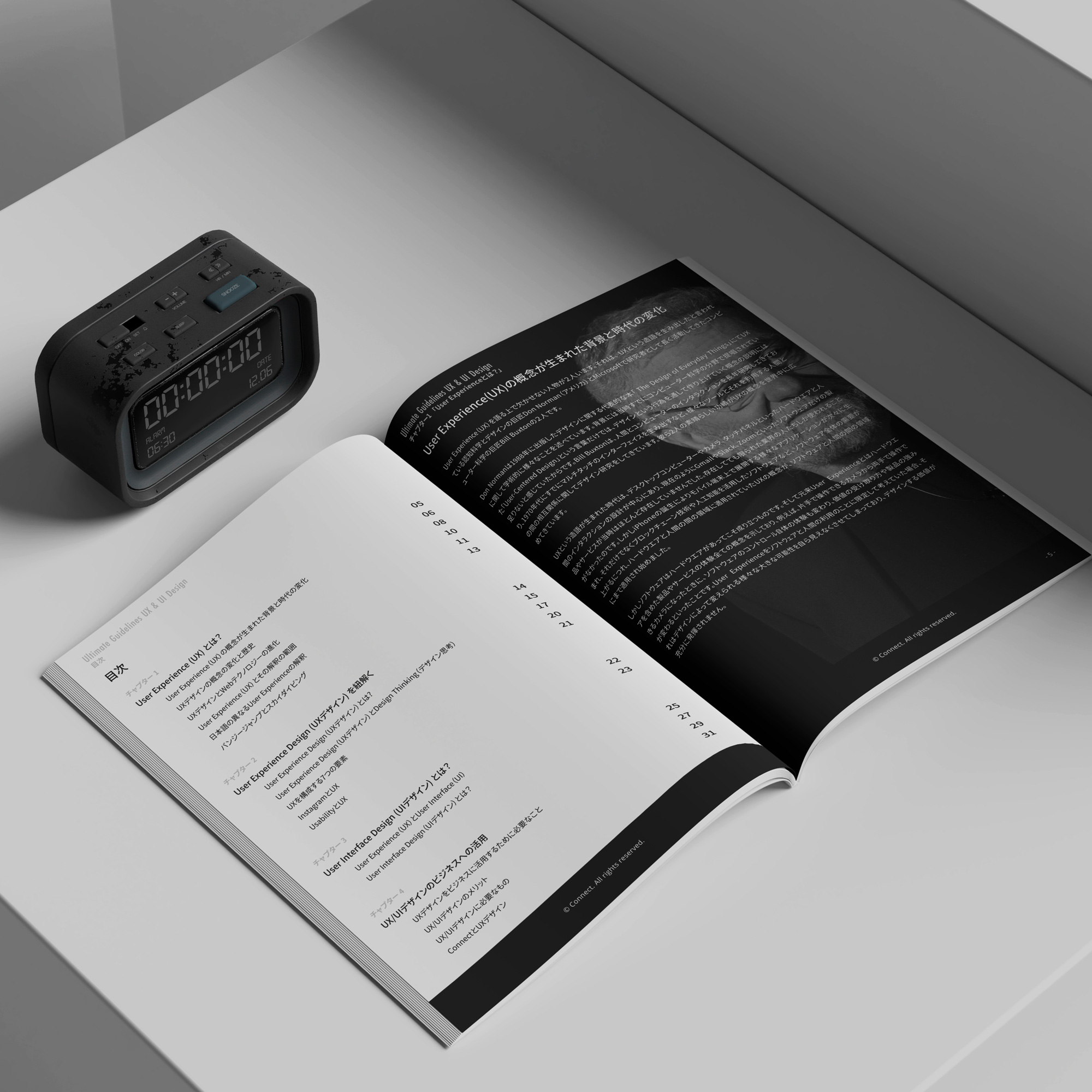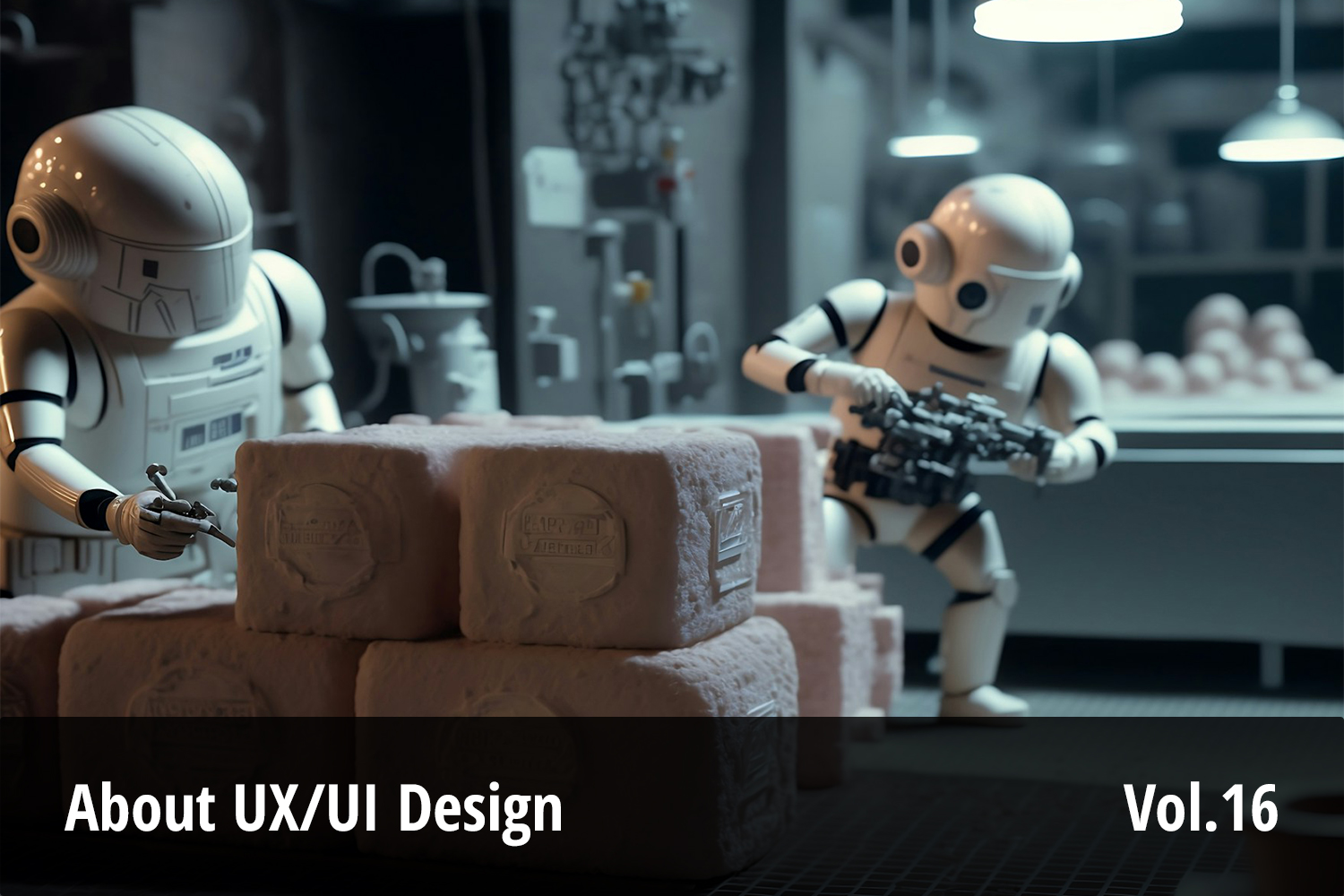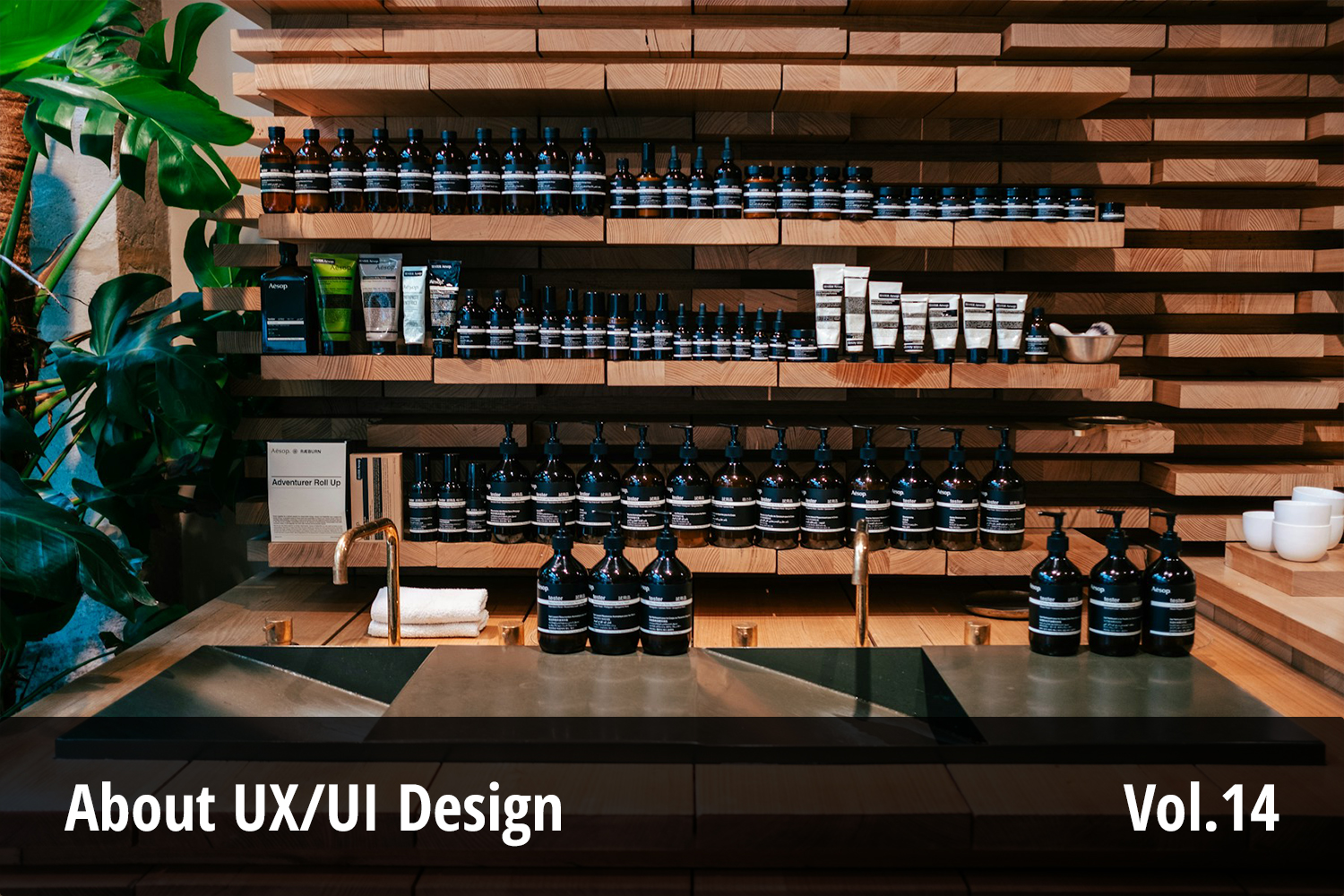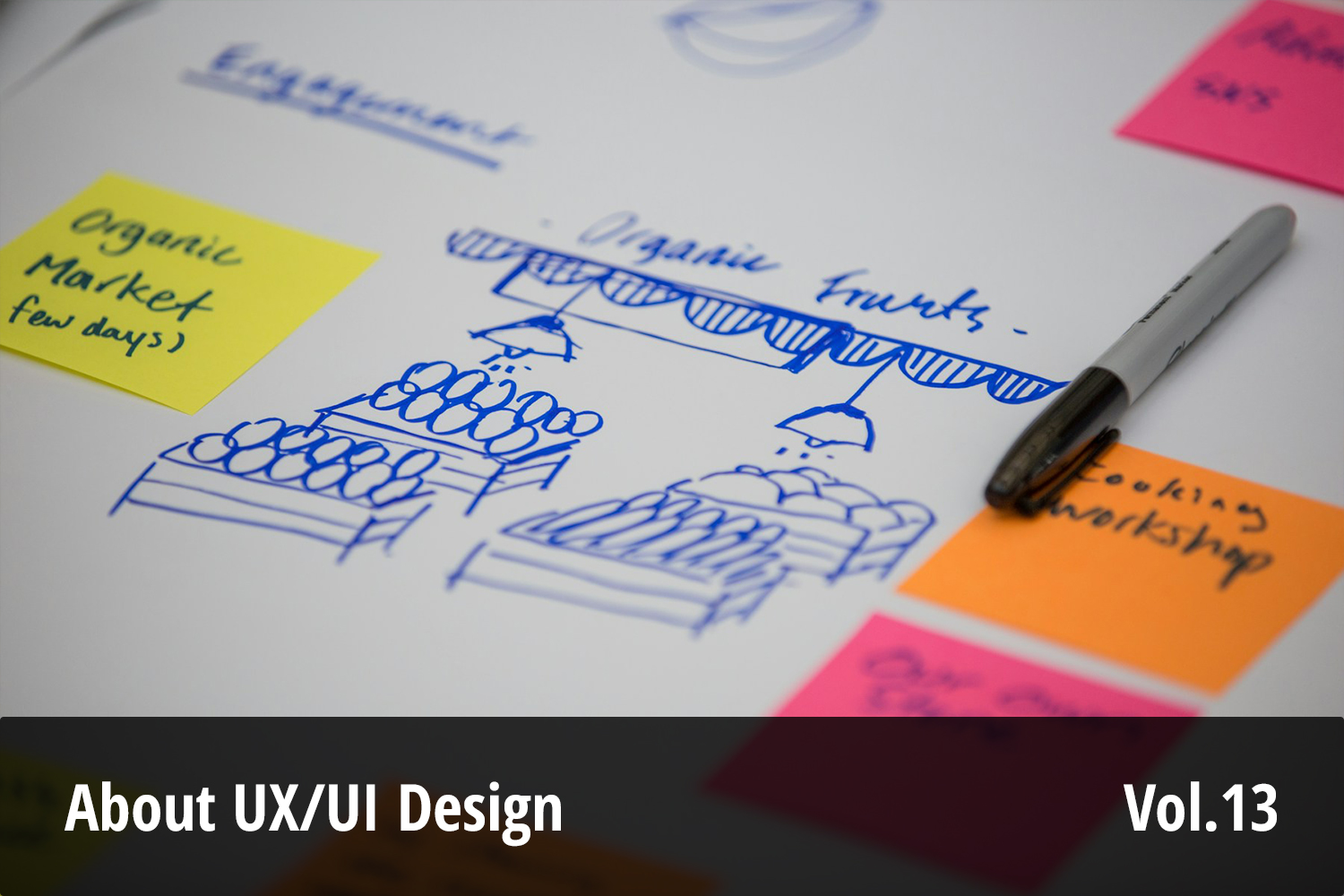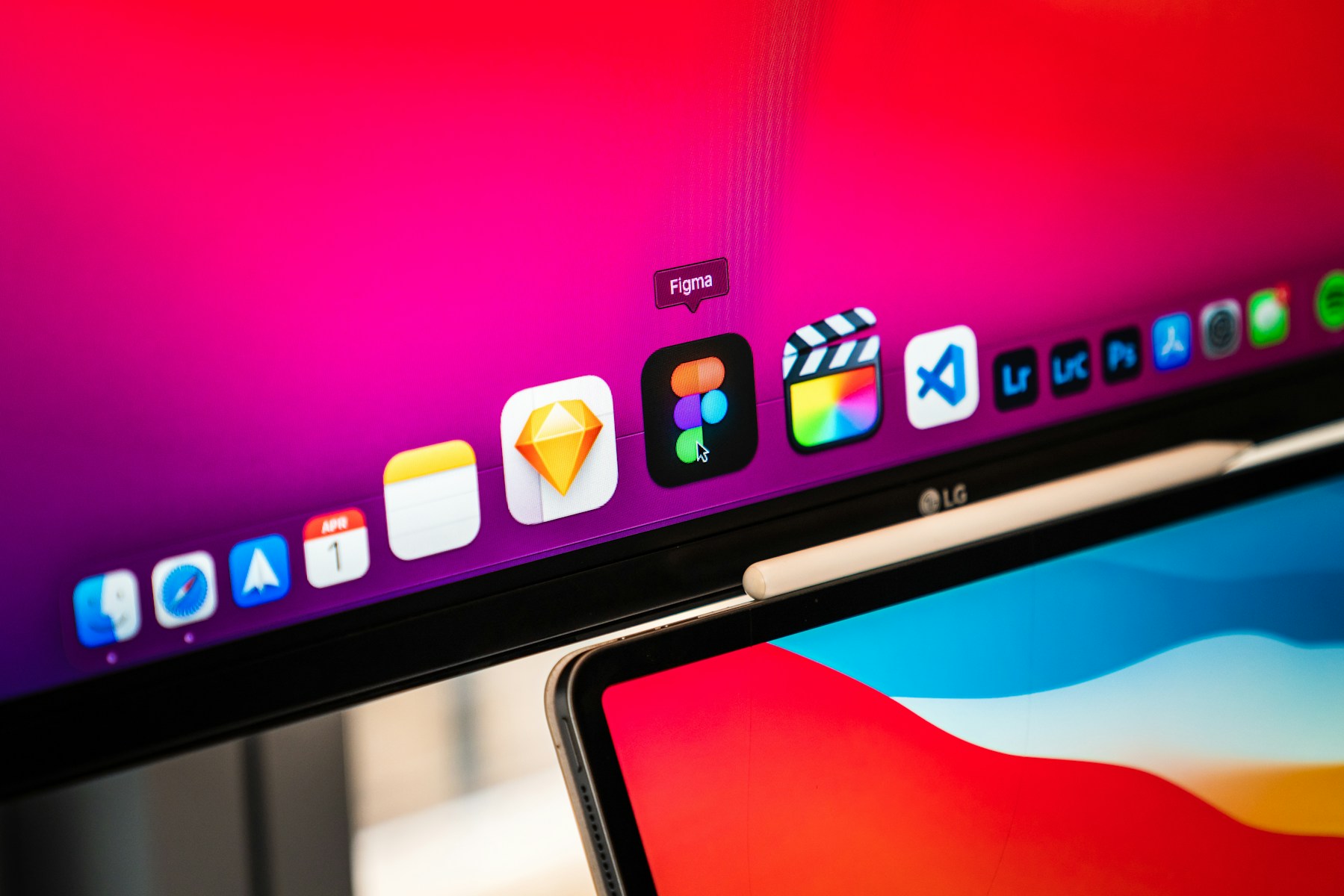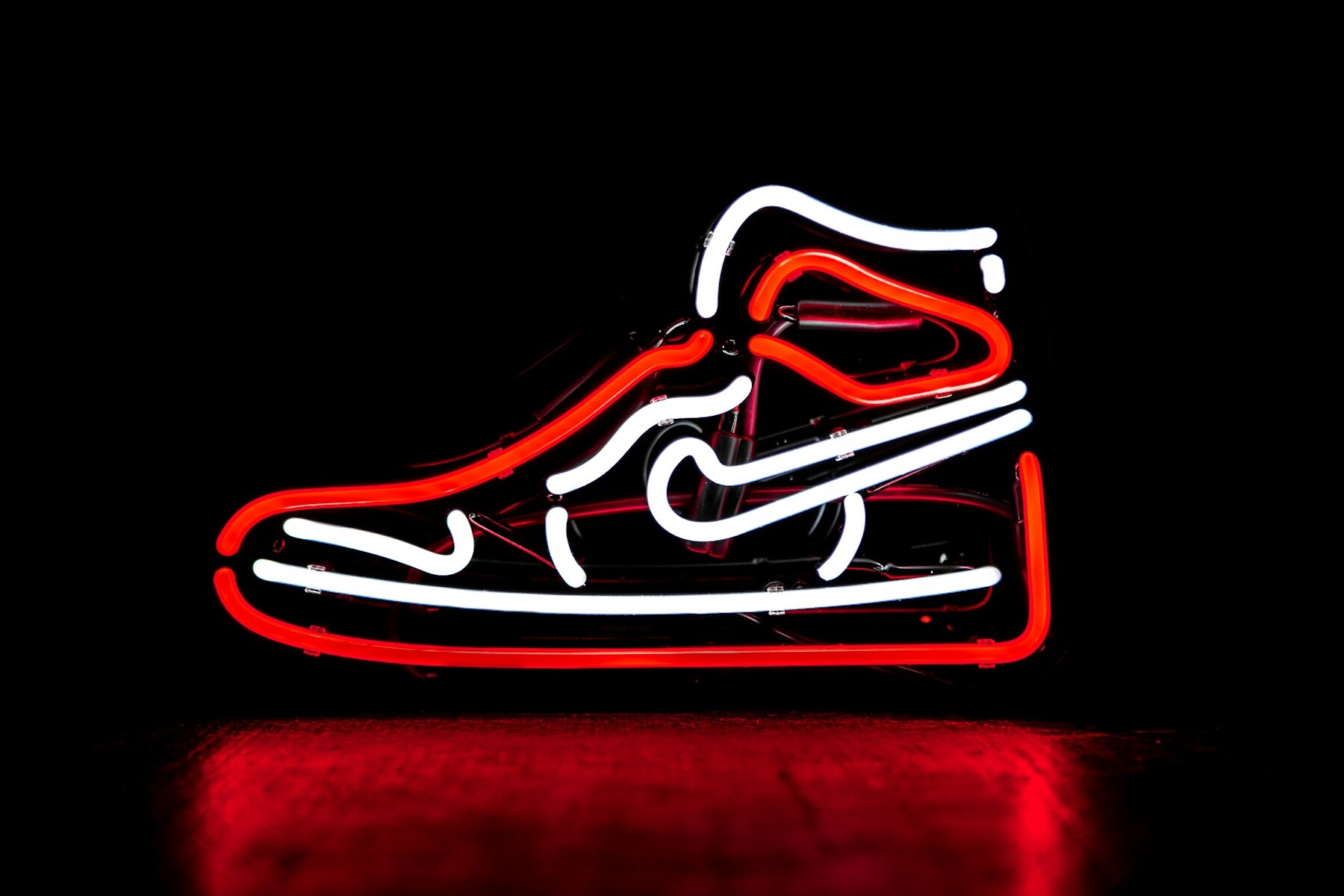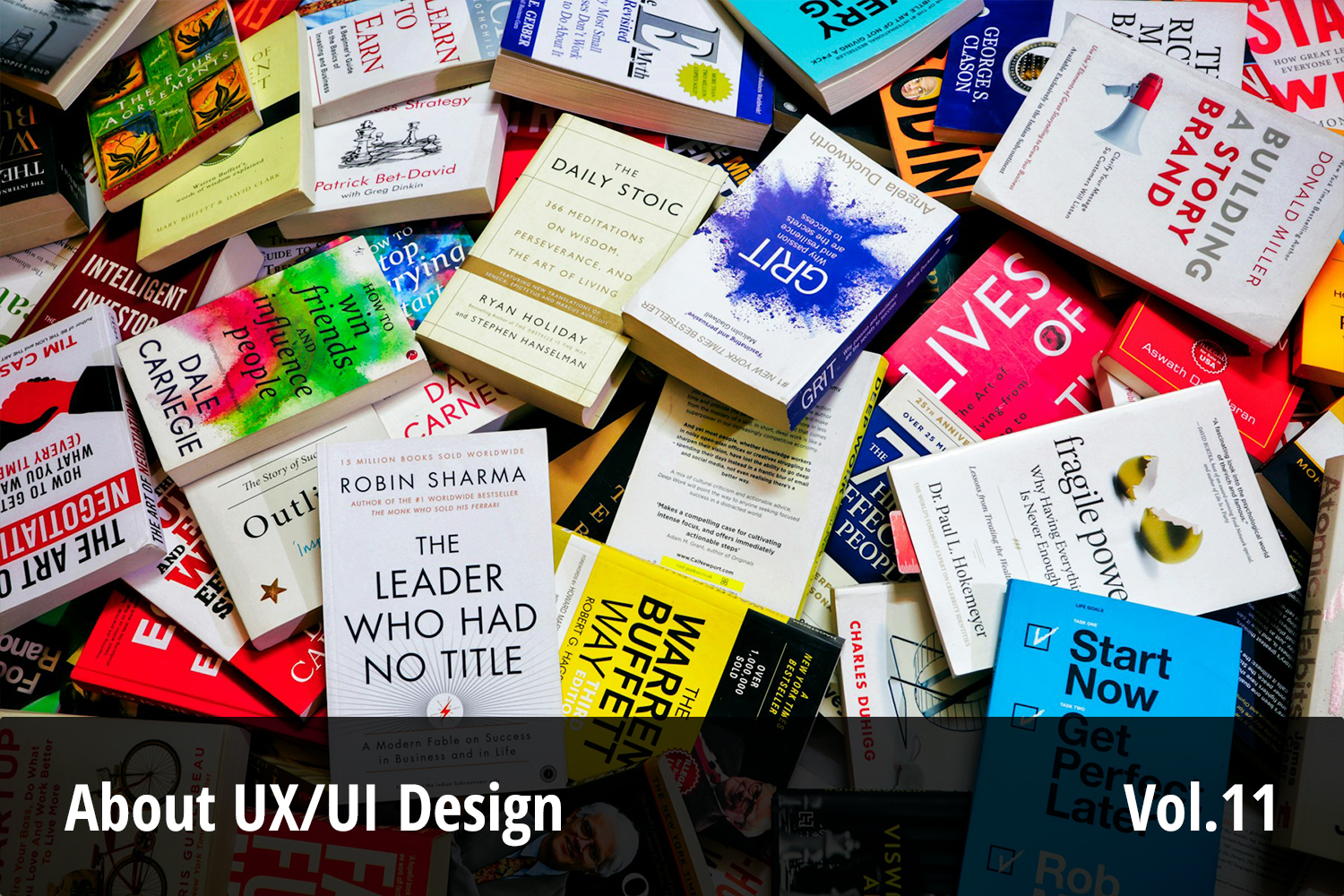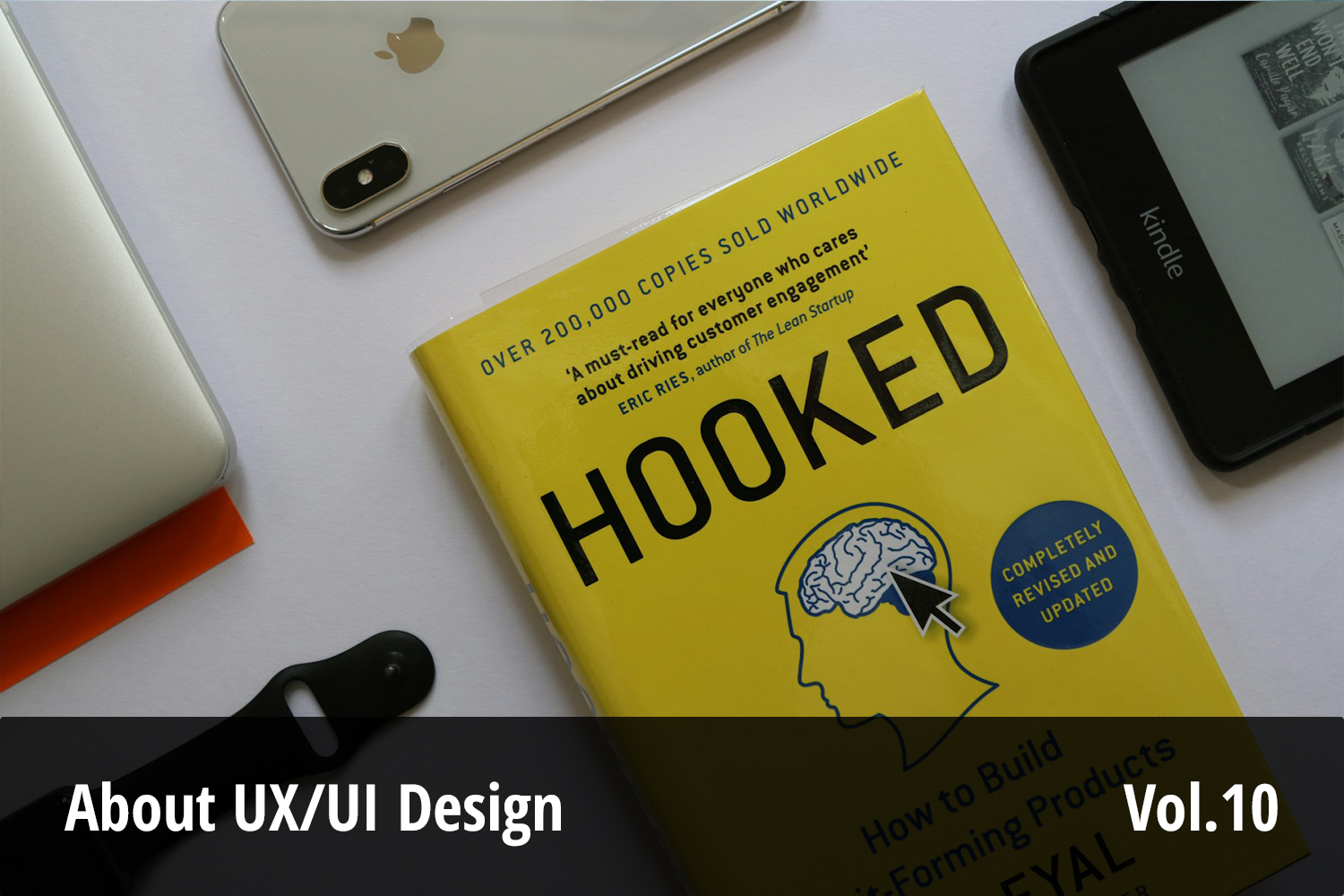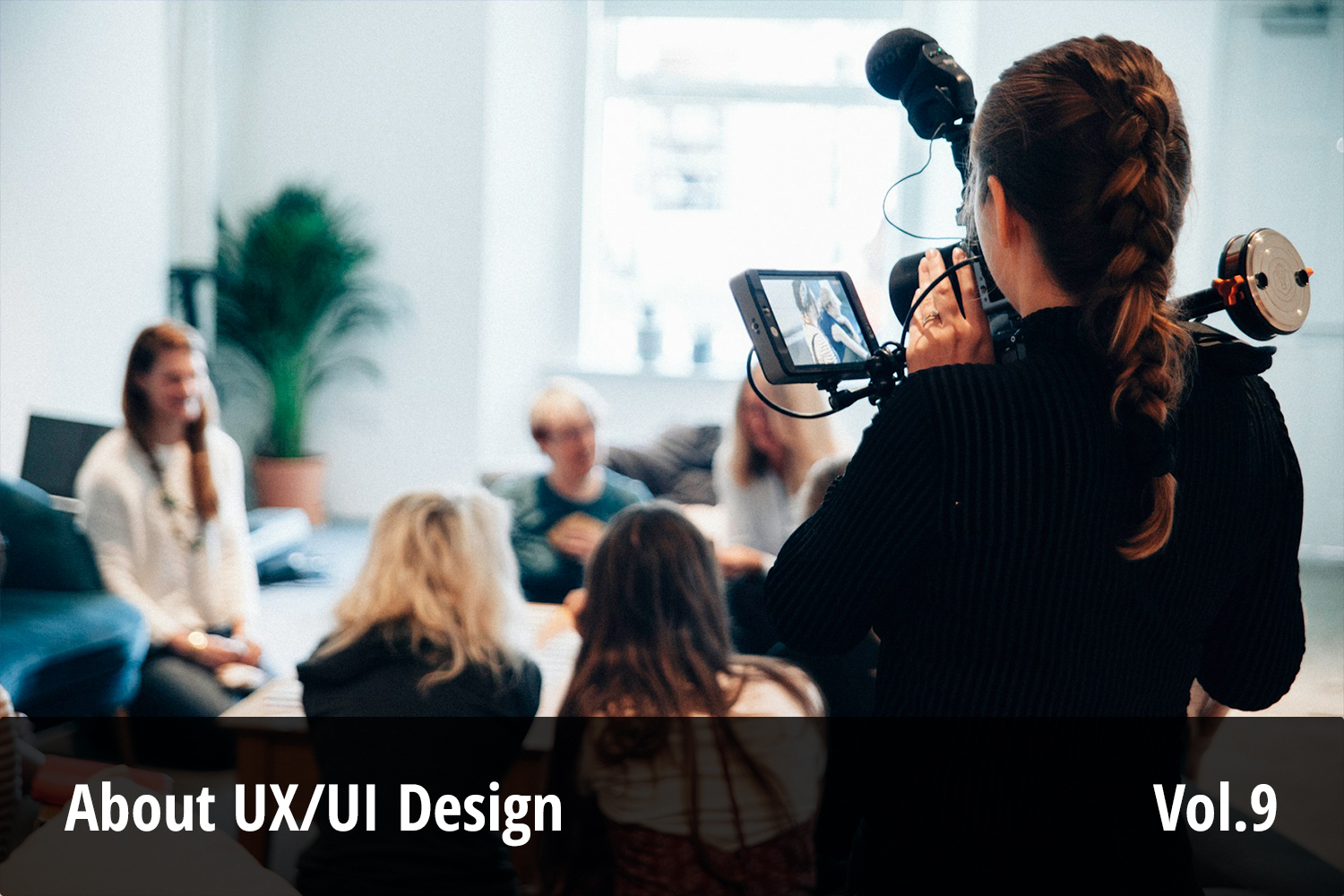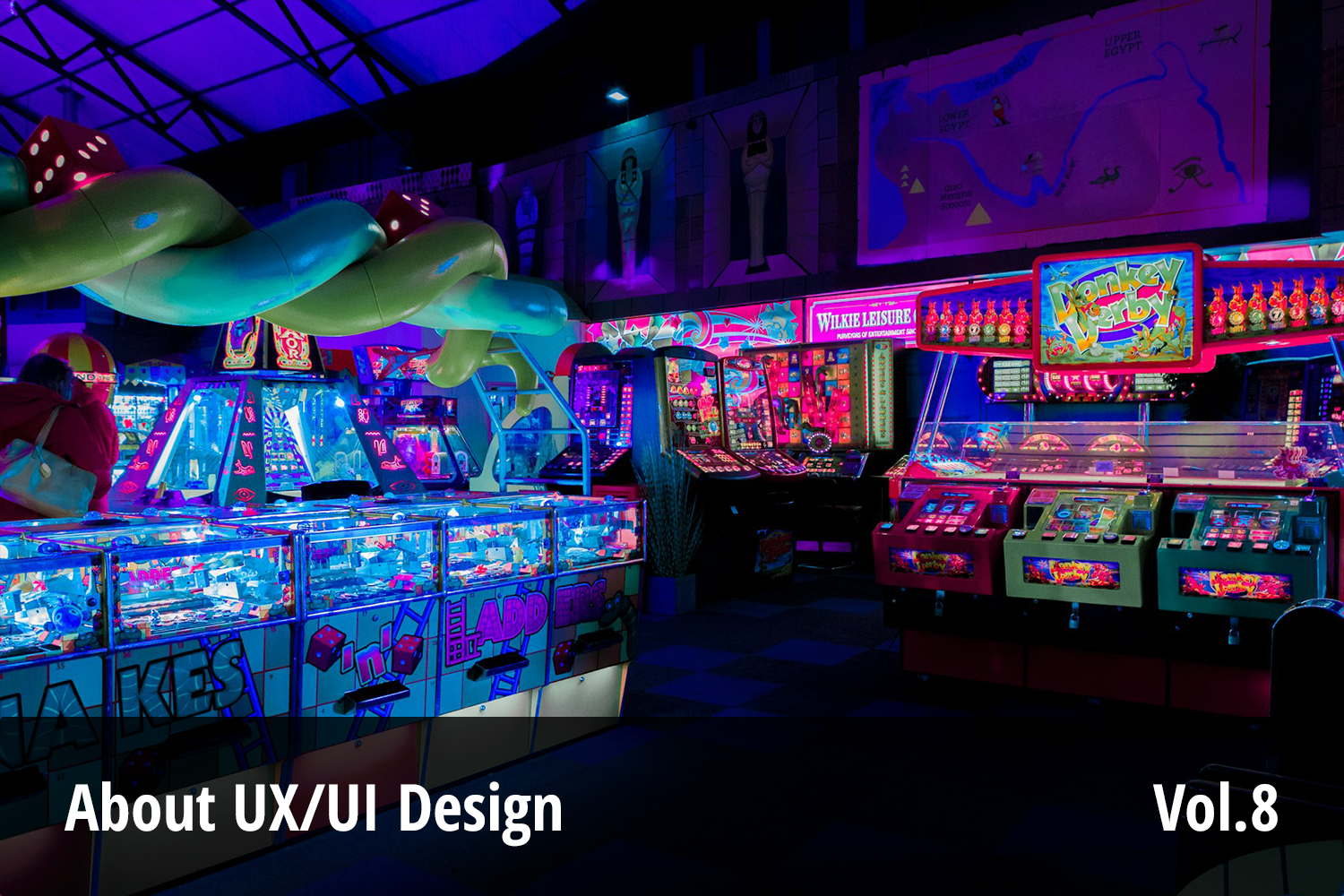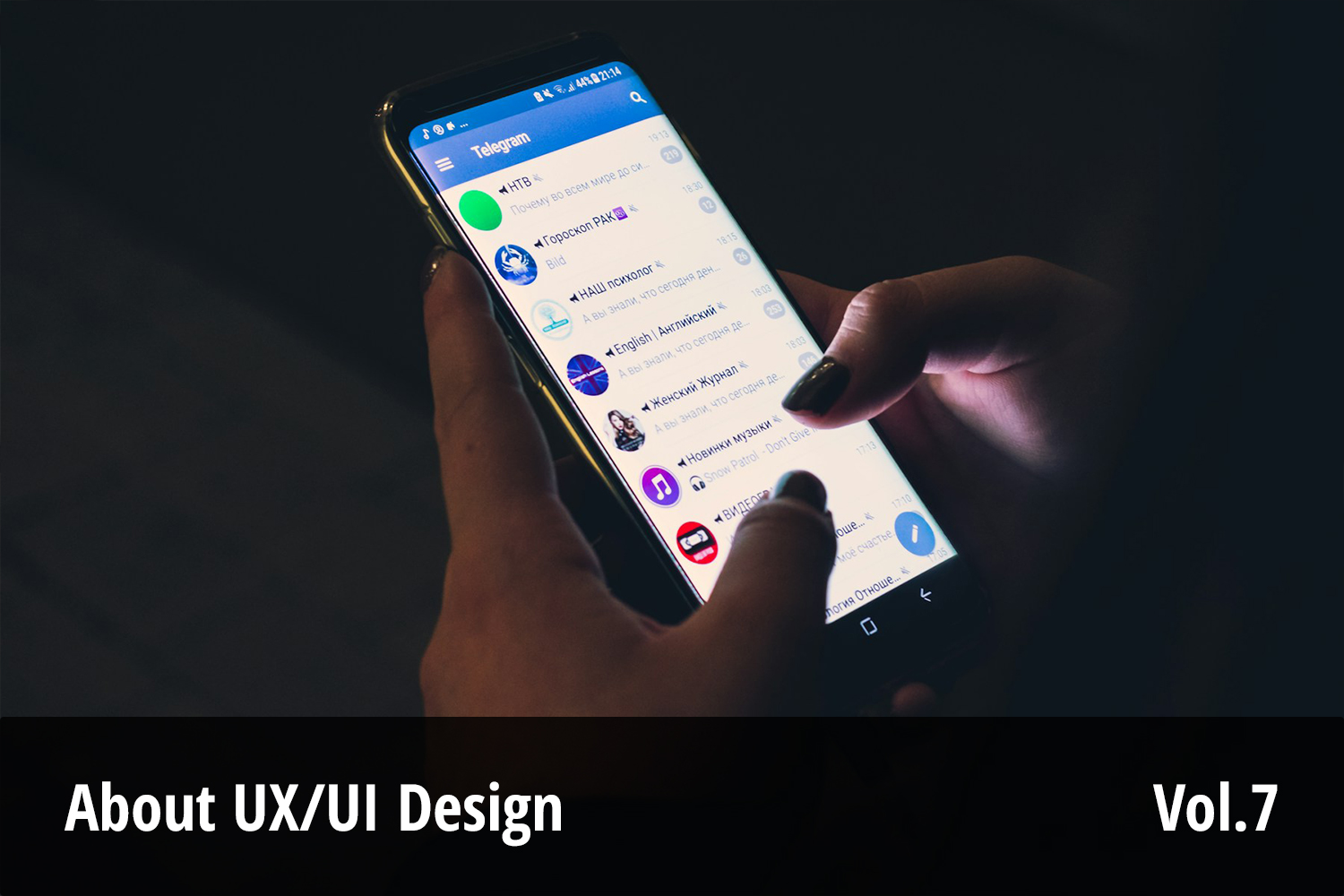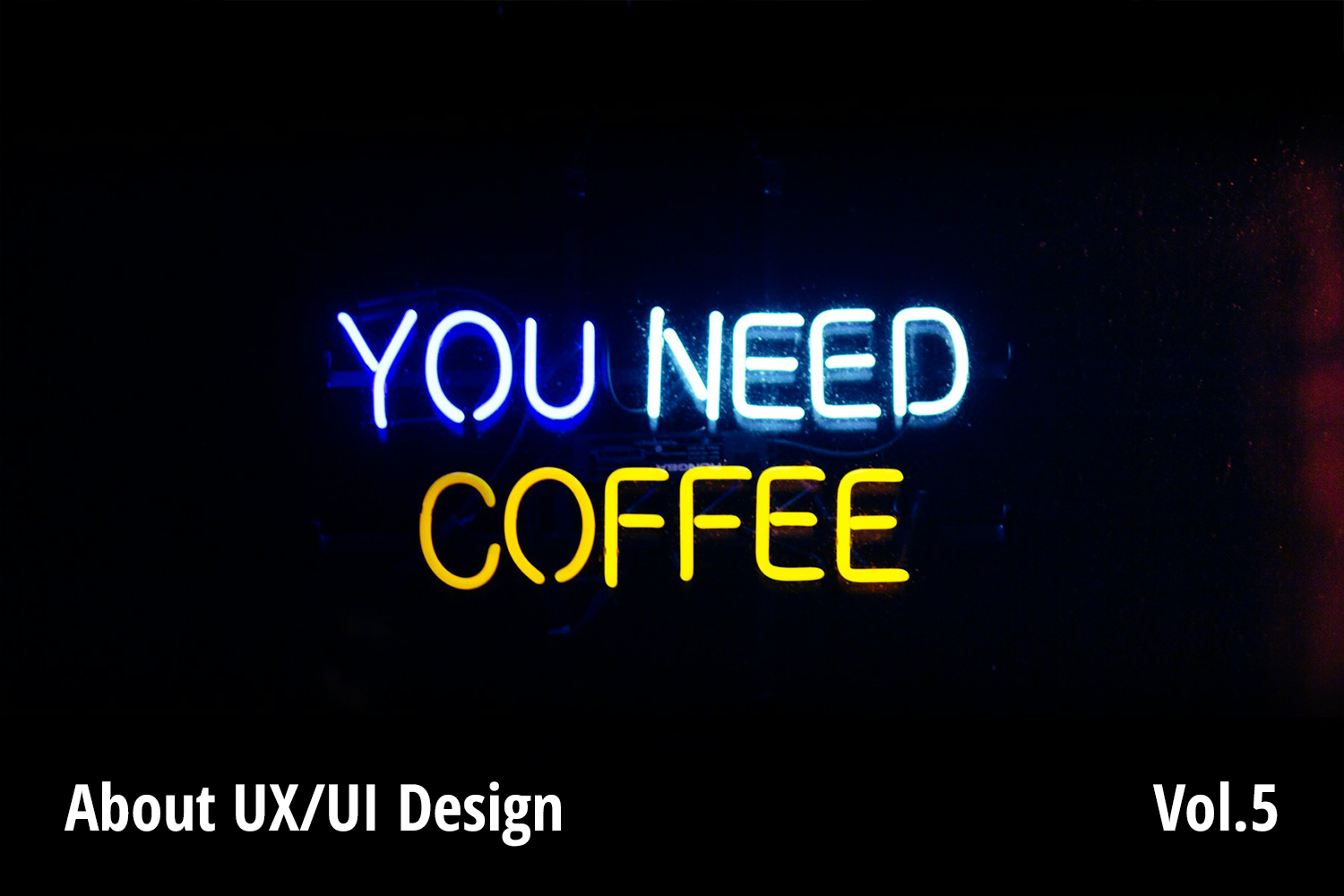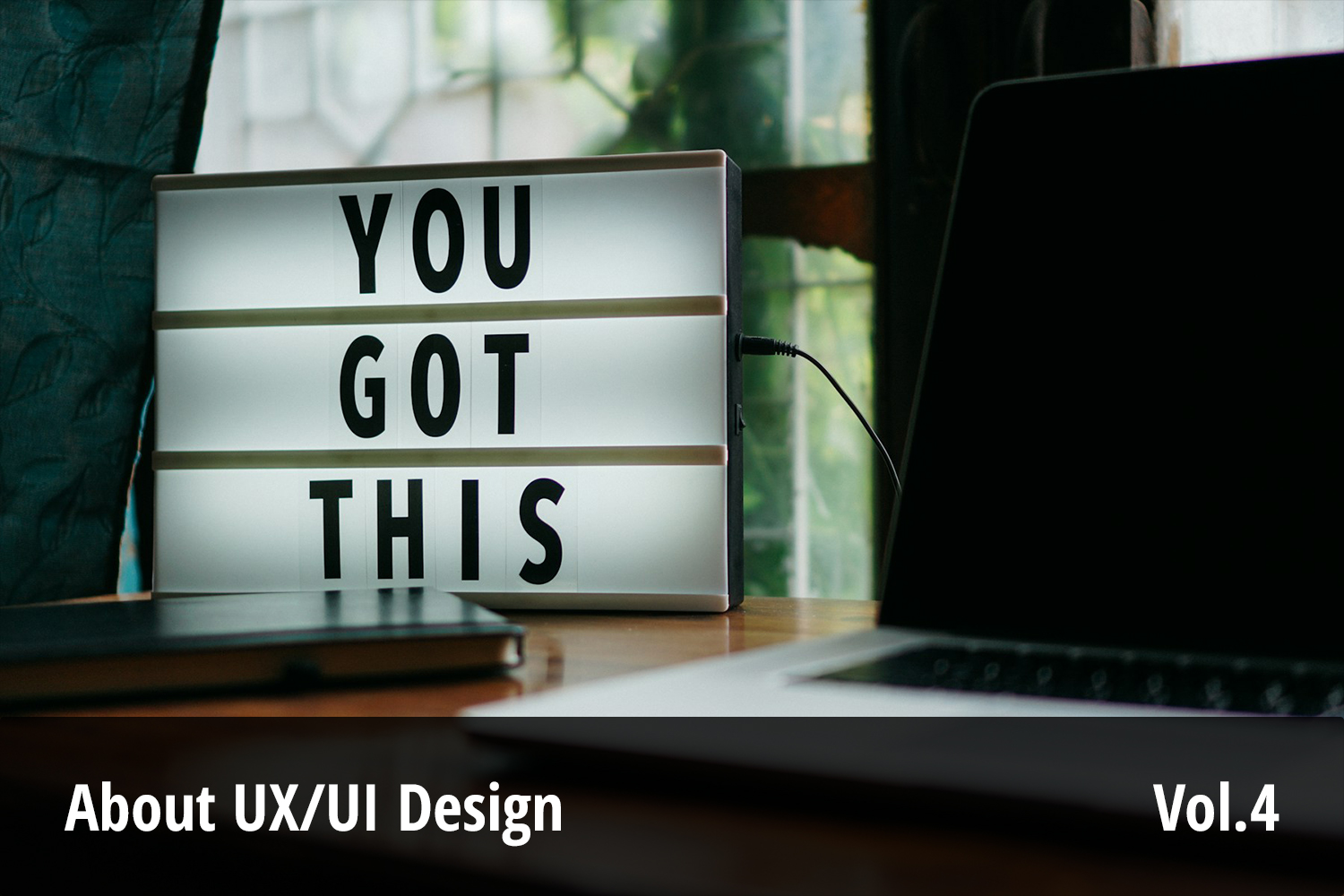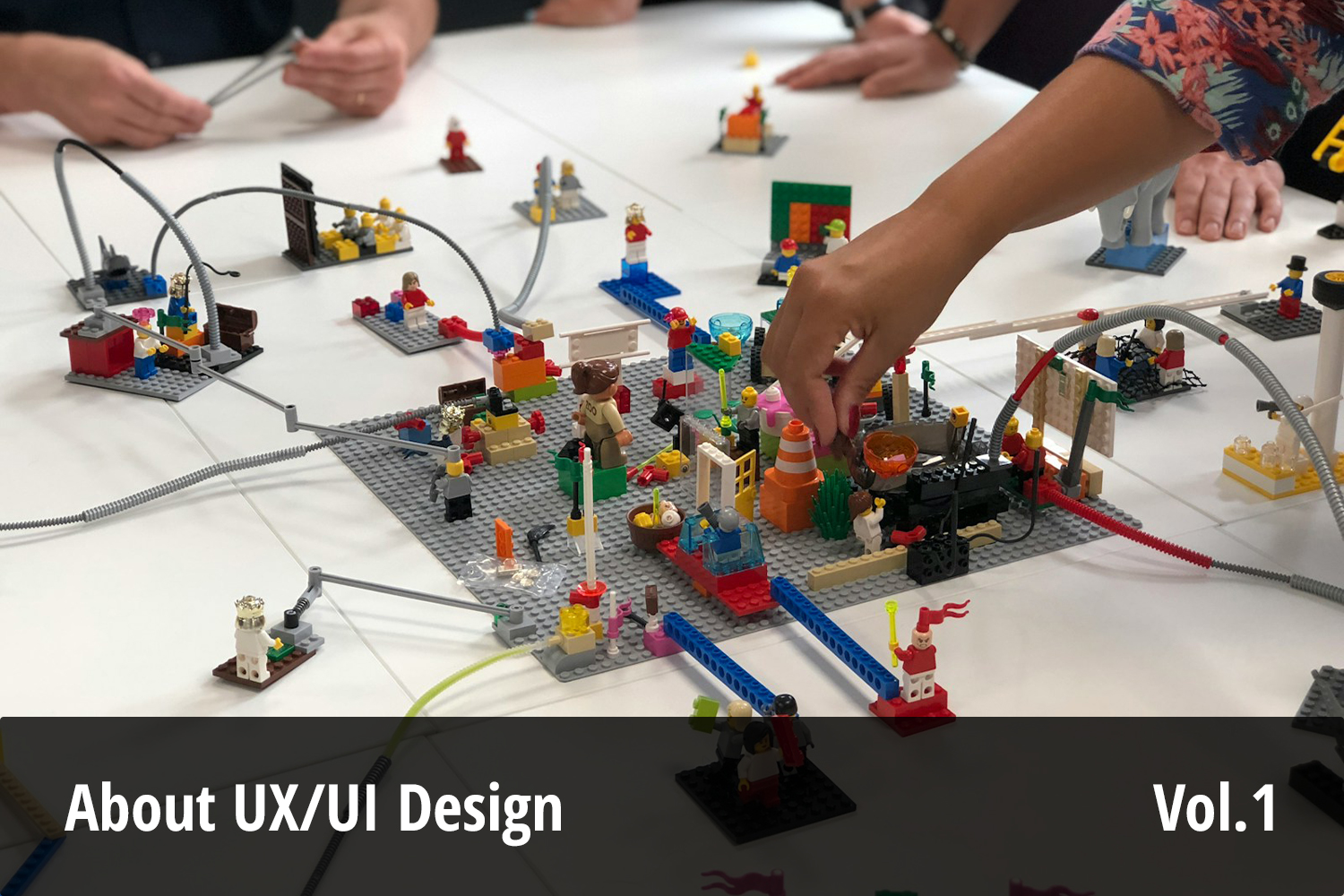In today’s digital age, “SaaS” has become a buzzword, and “product design” is increasingly associated with digital offerings. Traditionally, product design referred to the creation of physical items like furniture, cars, and household appliances. However, with the proliferation of PCs and mobile devices, the scope of what constitutes a “product” has expanded to include digital products, and the term “product design” has evolved accordingly.
Despite this broadening of terms, there remains a significant difference in perspective between designers who have worked on physical products and those who specialize in digital products. This divergence significantly affects their approach to UX design and the scope of its application. This discrepancy often leads to challenges within companies, especially when defining roles for product designers and UX designers in hiring and organizational structuring.
In this post, I aim to clarify the distinction between product design and UX design to help organizations better understand and structure their design roles.
Photo by SwapnIl Dwivedi on Unsplash
When designing tangible products like tableware and vases, considerable attention is given to the tactile experience, including the feel, weight, and how these items balance within their intended space. This thoughtful consideration of physical attributes is crucial and aligns closely with principles of UX design. Essentially, ensuring a product not only looks appealing but also feels right in the user’s hands embodies a solid UX design approach, bridging functionality with aesthetic satisfaction.
Understanding the Evolution of Marketing at First
Product design and UX design share common ground in that they both focus on creating products and services. However, a distinct difference lies in their involvement in the commercialization process. This involvement is significantly shaped by a fundamental understanding of marketing strategies used to sell products and services, as well as how these strategies have evolved over time.
Marketing encompasses all the concepts and activities aimed at making products and services more saleable. Over time, marketing strategies and concepts have shifted due to an increase in product alternatives, advancements in technology, market expansion, intensified competition, and changes in consumer communication behaviors. Adapting to these changes is crucial; failing to do so can make it difficult for businesses to succeed.
Historically, as illustrated in the above diagram, the era when consumers could not easily access affordable, convenient products has passed. There was a time when simply offering a functional, cost-effective product was enough to guarantee sales. This approach to marketing was emblematic of the “bubble era,” during which high-quality Japanese products dominated global markets.
However, in today’s landscape, where products and services are abundant and consumers can independently seek out information online, purchasing decisions extend beyond product quality. Consumers now also consider their emotional connection to the selling company and the company’s social responsibility. We live in an era where simply releasing a good product is no longer sufficient for business success.
Today, businesses must understand and align with the values that consumers experience when using their products or services. In this context, it is crucial for business operators to be aware of and integrate Marketing 4.0 principles. This modern marketing concept emphasizes engagement, customization, and product relevance, key factors in practicing effective product design and UX design in our current consumer landscape.
The Impact of Marketing 4.0
In the era of Marketing 4.0, it is crucial to clearly communicate the value of products and services to consumers. This strategy ensures that consumers purchase products not just on face value but because they resonate with the communicated value and anticipate the experience these products promise. UX design plays a pivotal role in crafting and conveying this experience, making it an essential strategy in modern marketing.
However, consider businesses that believe they can succeed without embracing Marketing 4.0, selling everyday items like spoons, mugs, notebooks, or toilet paper. These products don’t inherently incorporate digital technology or interactive features like many SaaS products do. Many producers still believe that if a spoon fits comfortably in the hand or a mug catches the eye with its design, that might be enough to drive sales.
Yet, in a world saturated with choices, the branding and the story behind a product significantly influence consumer decisions. Why, for example, do many of us choose to buy kitchenware from IKEA when comparable items might be found at a lower price elsewhere? It’s not just about the product itself but the experience and values that IKEA represents, which appeals to consumers.
We are now in a time where even longstanding, traditional products need to be marketed with a Marketing 4.0 mindset. This approach considers how products are presented and experienced, suggesting that everything, from spoons to mugs, can benefit from UX design principles.
Whether or not UX design is applied to these everyday objects will depend on how businesses choose to market and position themselves. No matter the product, if the goal is to enhance user experience and ensure marketability in today’s consumer environment, a product designer skilled in UX is necessary.
Moreover, since UX design extensively involves communication—beyond what traditional product design might cover—many companies fail to create effective products because they do not adequately distinguish between product design and UX design. This lack of understanding of Marketing 4.0 and its impact on design and consumer engagement can lead to missed opportunities in today’s competitive market.
Nike integrates UX design method into its product development process, allowing it to consistently create fresh, new experiences for their customers. This innovative approach has positioned Nike as a trailblazer in the industry. Notably, it was one of the first major companies to introduce the now-common service of product customization, setting a new standard for customer engagement and personalization in the marketplace.
Photo by Alexander Rotker on Unsplash
Exploring the Distinct Roles of Product Design and UX Design
In today’s competitive landscape, understanding the nuances between product design and UX design is crucial. Here, I’ll delineate the roles and scopes of these two disciplines, highlighting how they complement each other in the product development process.
- Main Job Scope of UX Design
- Initial Research: Conducting user, market, and competitor research at the start of a project.
- Concept Development: Developing concepts for products and services.
- Prototype Development: Creating prototypes to test and refine concepts.
- Brand Integration: Ensuring that the product or service reflects the brand’s values and gathers feedback for further refinement.
- Main Job Scope of Product Design
- Ongoing Research: Regularly conducting user, market, and competitor research throughout the product lifecycle.
- Realization Methods: Developing and designing specific methods to realize products and services.
- Roadmap Management: Creating and managing product and service roadmaps.
- Version Control and Updates: Overseeing version control and ensuring products and services are up to date.
While there is considerable overlap in the areas covered by product design and UX design, the roles they play within a project can differ significantly. UX design primarily focuses on shaping the foundational concept and overall experience of the product, whereas product design is more involved in the practical aspects of bringing that concept to life and maintaining it throughout its lifecycle.
Utilizing both disciplines can dramatically enhance the potential for a product’s market success and sustainability. While it is feasible to develop products using only product design, integrating UX design provides a more holistic approach, ensuring that products not only function effectively but also resonate deeply with users.
Moreover, as the term “UX design” has gained popularity and evolved into a distinct field, many companies now hire specialists focused solely on this area. However, it’s vital to recognize that UX design is not separate from product design; rather, it is an integral part of the product design methodology. This interconnection has given rise to the combined term “UX/UI design.” When viewed through a broader lens, UI design can be seen as a component of product design.
For teams wondering how to effectively integrate product design and UX design, the starting point should always be your marketing strategy. Consider how you want to engage your target market and then consult with a product design expert to tailor your approach to the specific nature of your product or service.
Get a Free UX Consultation!
No matter the scope of your project, it’s advisable to consult a UX design expert early in the process. While not every situation may require a UX designer—sometimes a UI designer or even your existing team resources can suffice— recognizing this early can save on unnecessary expenditures. Engaging the right expertise from the start ensures that your project is not only cost-effective but also aligned with the best practices in user experience design.
Free Download
At Genki Brothers, we have initiated the startup “Connect” with the aim of exploring the integration of UX/UI design within business contexts.
For those interested in creating innovative and unprecedented experiences in your business endeavors, we encourage you to read our book. Please complete the submission form provided below. Upon receipt of your email, an automatic reply containing the download link for the book will be sent to you.
With over 20 years of international experience in digital design, product development, and strategic business leadership, Yoshi's had the privilege to lead high-profile projects for global brands like Nike, Converse, and Airbnb, where I demonstrated exceptional proficiency in crafting compelling business pitch decks and translating complex technical concepts into user-friendly designs.
Other Open Sources

